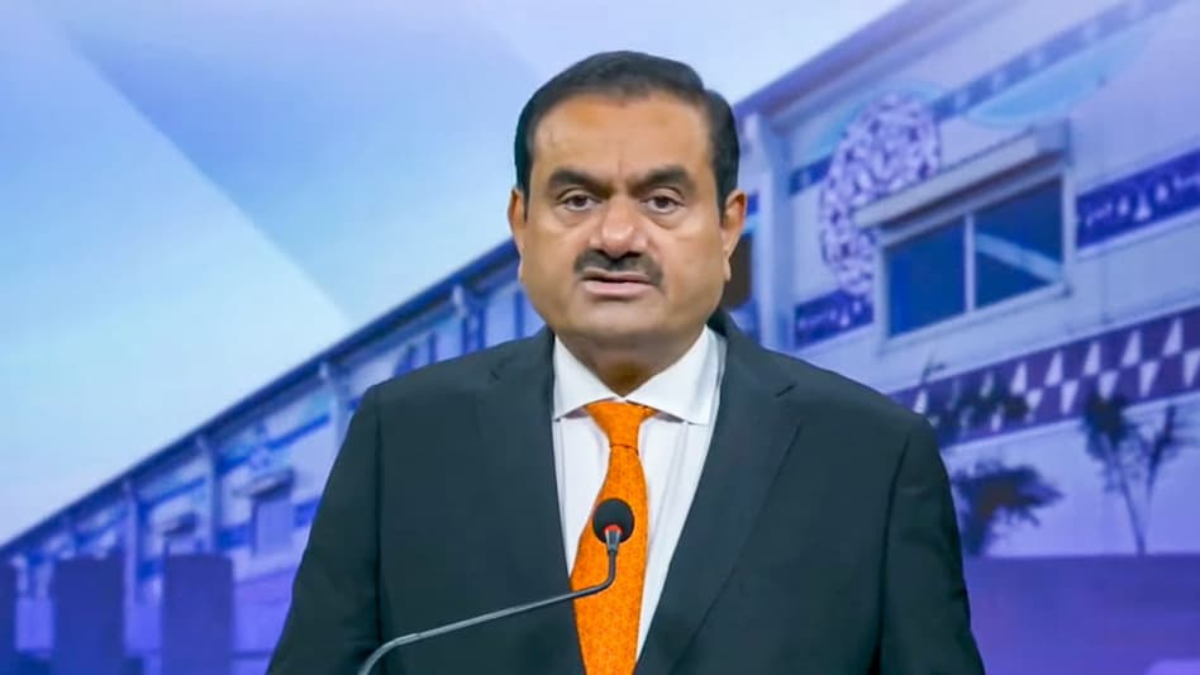Adani Plans LCD Plant in India – Adani Enterprises is preparing for a new journey in the technology and electronics sector. According to recent reports, the company is in talks with global technology leaders like Sharp Corporation and Panasonic to set up an LCD display manufacturing facility in India. If this plan moves forward, it will be a major milestone for India’s ambition of becoming self-reliant in electronics manufacturing.
Why This News Matters
For many years, India has relied heavily on imports for display panels used in smartphones, TVs, laptops, and other electronic devices. Countries like China, South Korea, and Taiwan dominate this industry. Now, with Adani showing interest in building a large-scale LCD display plant, India could see a shift towards local production.
This move aligns perfectly with the government’s “Make in India” and semiconductor & display fab incentive schemes, which are designed to encourage domestic manufacturing and reduce import dependency.
Adani’s Vision: Adani Plans LCD Plant in India
Adani Group is well-known for its presence in infrastructure, energy, logistics, and resources. But in recent years, the company has shown interest in technology-driven sectors, especially semiconductors and electronics.
Earlier, Adani had explored a $10 billion chip manufacturing project with Tower Semiconductor (Israel). While those talks were later paused due to demand and partnership issues, the group has not stepped back from the broader semiconductor and display ecosystem. Instead, it is now considering a fresh pivot towards LCD display manufacturing, which has slightly lower barriers compared to full-scale semiconductor fabs.
Why LCD Display Manufacturing?
Setting up a display fab is considered easier than building a semiconductor chip fab. The technology is mature, global demand is stable, and India has a rapidly growing market for displays in consumer electronics.
Some key reasons why this project is important:
- Rising Demand in India: Every year, millions of smartphones, TVs, and laptops are sold in India. Display panels form a big part of the cost.
- Government Support: India’s Production Linked Incentive (PLI) and Semicon India Programme offer subsidies and financial support to companies investing in display fabs.
- Strategic Advantage: By manufacturing locally, India can reduce its dependence on imports and strengthen its supply chain.
- Technology Transfer: Partnerships with Japanese companies like Sharp and Panasonic could bring advanced technology and expertise to India.
Possible Location of the Plant
Reports suggest that Adani is looking at Maharashtra as the prime location for the plant, with Navi Mumbai under strong consideration. Interestingly, land that was earlier planned for a data centre project is now being evaluated for this LCD display facility.
The state government has already issued a “comfort letter” allowing the use of this land for semiconductor or display-related projects, provided Adani brings in credible partners and ensures meaningful investment.
Global and Domestic Context
Adani’s plan is not happening in isolation. Across the world, there is a strong push to diversify display and semiconductor manufacturing away from just a few countries. The COVID-19 pandemic highlighted the risks of supply chain concentration, and nations like India are working to build local capacity.
In India, another large display fab proposal had come from Vedanta and Innolux, with an estimated cost of $3-4 billion. Although still under discussion, it shows that India is becoming a hot spot for potential display manufacturing.
Source: The Economic Times
Challenges Ahead
While the project sounds promising, there are still hurdles:
- Partnership Finalization: Talks with Sharp and Panasonic are ongoing, but no official agreement has been signed yet.
- High Capital Requirement: Display fabs require billions of dollars in investment, and financial viability must be proven.
- Government Approvals: The project will need approvals under the central government’s display fab scheme.
- Global Competition: Competing with established giants from China and South Korea will not be easy.
What This Means for India
If Adani successfully establishes the LCD plant, it would mean:
- Lower imports and better trade balance for India.
- Job creation in high-tech manufacturing and allied industries.
- Boost for Make in India and India’s ambition to become a global hub for electronics.
- Technology upgradation with foreign collaboration.
This step could also encourage other Indian conglomerates to enter advanced manufacturing, creating an ecosystem similar to Taiwan or South Korea in the long run.
Conclusion
Adani’s plan to set up an LCD display manufacturing plant in India is more than just a business move; it represents a new chapter in India’s technology and electronics story. While challenges remain, the combination of government support, global partnerships, and India’s growing domestic demand makes this project highly significant.
If the discussions with Sharp and Panasonic lead to a concrete partnership, India may soon witness its first large-scale LCD display fab. That would be a big leap towards self-reliance in electronics and a strong signal that India is ready to compete in the global display industry.
TCS Launches Chiplet Services to Boost India’s Semiconductor Growth










